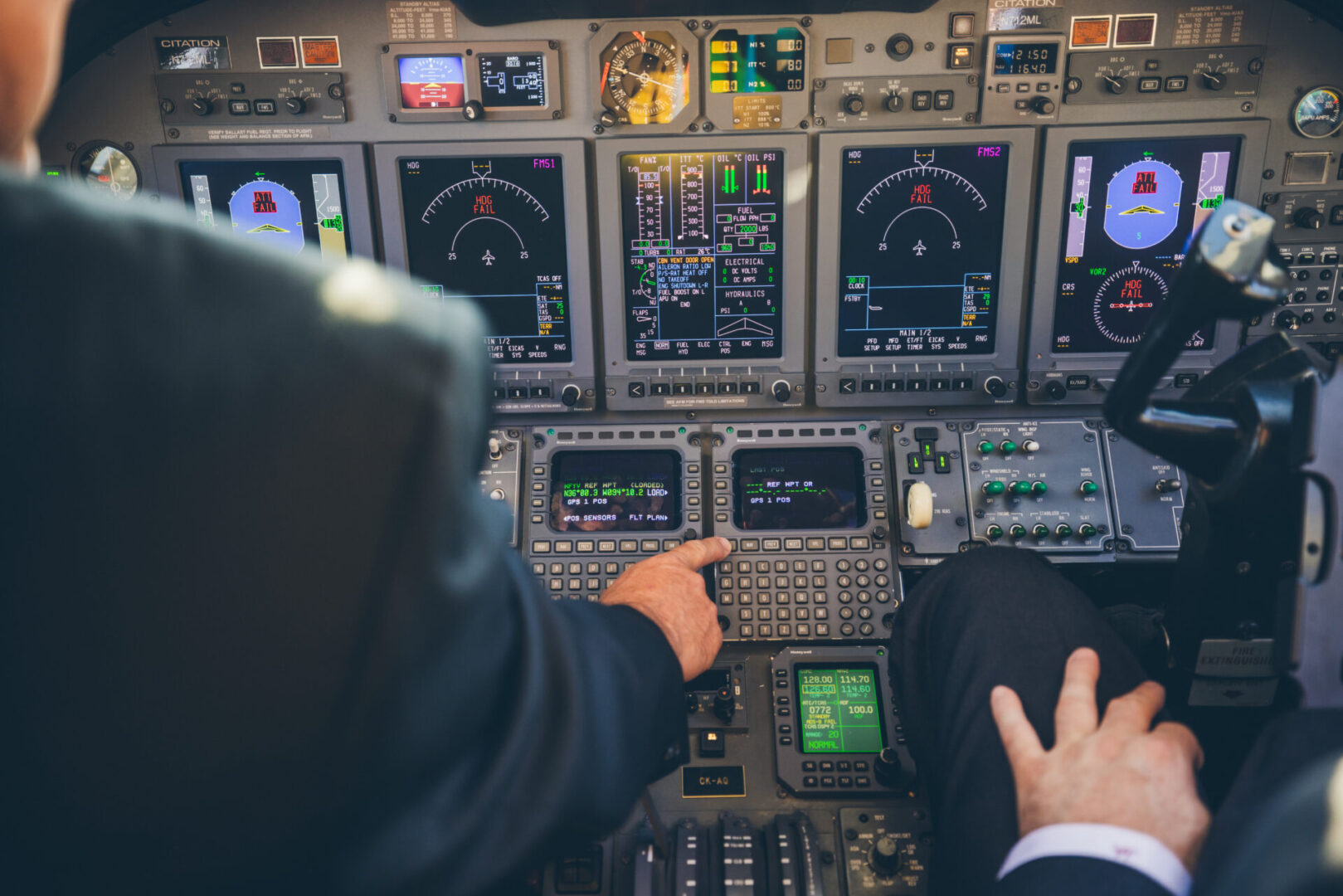Join Our Team at Jett Aircraft
Interested in working for us?
Fill out the form below or you can send a resume to [email protected]
Pilot Overview
All of our crew members are trained per FAR Part 135 standards. Each pilot is type rated in the Learjet 45 and certified through company training programs at our training partner facilities.
Why Jett Aircraft?

Experience Requirements
Captain
Experience Requirements First Officer
Schedules
Jett Aircraft offers flexible scheduling so that pilots can maximize their work and off time. This schedule offers an average of 16 days per month. Special scheduling requests can be submitted and are approved based on seniority.
Salary Structure
Pilots are hired under a one-year probationary period. The company pays all hotel fees, transportation fees, and meals for pilots while on trips. All pilots are paid a yearly salary plus a day rate for flying days and are eligible for bonuses. Pilots are also eligible for up to a 10% raise on a base salary after one year of service and annually thereafter based on performance review.
captain
Base Salary and Day Rate:
Based on Experience
*Total salary is estimated based on an average of 16 flying days per month; this total does not include potential Day Bonuses or other bonus opportunities.
First Officer
Base Salary and Day Rate:
Based on Experience
*Total salary is estimated based on an average of 16 flying days per month; this total does not include potential Day Bonuses or other bonus opportunities.
Day Bonus
Bonus Opportunities:
Any single flying day that consists of:
- 5 or more legs
- 7 or more HOBBS hours
- Med-EVAC flights.

Discretionary Benefits
Pilot Job Description
Captain, PIC
Reports To: Chief Pilot
Basic Function: The pilot-in-command is designated as captain for a flight or series of flights and is in command of the aircraft for the designated period of duty unless relieved by the company. Some of the duties of the captain may be delegated to the first officer. However, such delegation does not relieve the captain of the responsibilities of those duties.
Duties and Responsibilities:
Pilots must be able to complete daily tasks associated with the operation of an aircraft. This includes but is not limited to; lifting, pushing or pulling at least 80 pounds.
First Officer, SIC
Reports To: Administratively reports to Chief Pilot, operationally responsible to the captain.
Duties and Responsibilities: The first officer on each flight will be responsible to the captain. In the absence of instructions to the contrary by the captain, the duties assigned to a first officer include, but are not limited to the following:
Pilots must be able to complete daily tasks associated with the operation of an aircraft. This includes but is not limited to; lifting, pushing or pulling at least 80 pounds.
